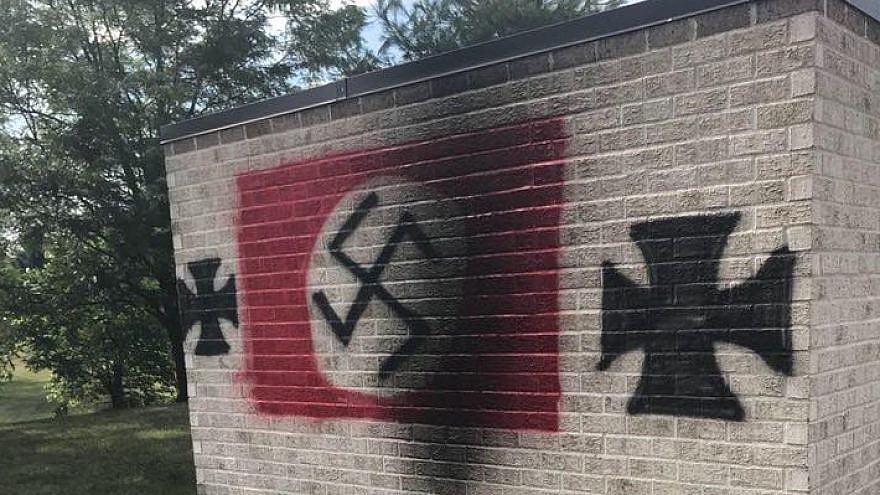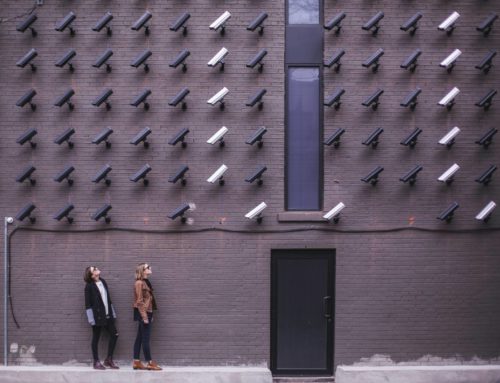Houses of worship are increasingly making the news as targets of active shooters, arson, vandalism, and theft. As a result, a growing number of congregants are seeing their places of worship as houses of fear rather than worship. And security experts suggest that threats to religious facilities is only going to get worse.
Interestingly, the nature of this fear and the threats behind them differ depending on the religion practiced and the location of the place of worship. Muslims and Jews, for example, are deeply concerned about crimes of hate and violence; black Protestants, on the other hand, are more concerned with crimes of violence and property in the neighborhoods around their churches.

Congregations of all religions believe acts of violence – property and personal – are up and the threat increasingly real.
In a 2015 study of 1,300 places of worship, including churches, mosques, synagogues, and temples, authors Christopher Scheitle and Jeffrey Ulmer set out to better understand the nature of the fears gripping houses of worship and what, if anything, these institutions were doing to mitigate those concerns.
What they found, though perhaps disheartening, is not surprising. For starters, while all religions have their security concerns, most lack the levels of security that would make congregants feel generally safe (translation: armed security guards). For example, in the wake of recent shootings at San Diego and Pittsburgh synagogues that left a dozen people dead, Rabbi Yisroel Goldstein told the New York Times an armed security guard could have thwarted such attacks.
More troubling, however, is how anemic all security measures are. The study showed that fewer than half of religious facilities even had in place security cameras – something that millions of everyday homes now feature. In fact, of the 18 types of security measures studied, 40% of the congregations only had four in place.
Why such poor security at a time of growing threats to religious institutions? For the simple reason most lack the resources to pay for them, say the study’s authors. Prompting some religious leaders such as Rabbi Goldstein to suggest the U.S. government needs to fund improved protections for houses of worship.
“The United States government should recognize the severity and that this is a new reality, this is the new norm, sadly,” said Goldstein. “If I had the funding, we may have been spared. How many more dead bodies will we have to see before we act?”
Some funding is now being made available through federal security agencies, although not nearly enough to assist all of the religious groups set up across the U.S.
What Can Houses of Worship Do?
In much the way businesses – which are targets in more than 50% of active shooter incidents – are considered ‘soft targets,’ houses of worship are similarly seen as easy paths to violence against property and people.
Which means that the men and women who run these facilities must look into ways to deter would-be attackers, vandals, and arsonists; prevent easy access to their buildings; and to protect congregants inside.
Deterrence – Deterrence means to create a look or feel that convinces the bad guys to move on. This can be managed by perimeter security systems (cameras, lighting, motion detection) and barriers – secure doors, access controls, etc.
Hardening – Demonstrate to would-be intruders and attackers that access will be difficult if not impossible (remember, a clock is running in their heads – the longer it takes to gain access, the sooner they depart because they know police are likely en route). Automated access controls, batter-reinforced doors, alarms systems, and internal safe rooms.
Protection – Safe rooms are your best bet on security. Any room in the facility can be retrofitted with ballistics-proof paneling and a secure door.
Your best protection is preparedness. In the same way schools and even businesses are now preparing their teachers, students, and employees on how to react in the event of an intrusion or attack, houses of worship must do the same.


Leave A Comment
You must be logged in to post a comment.